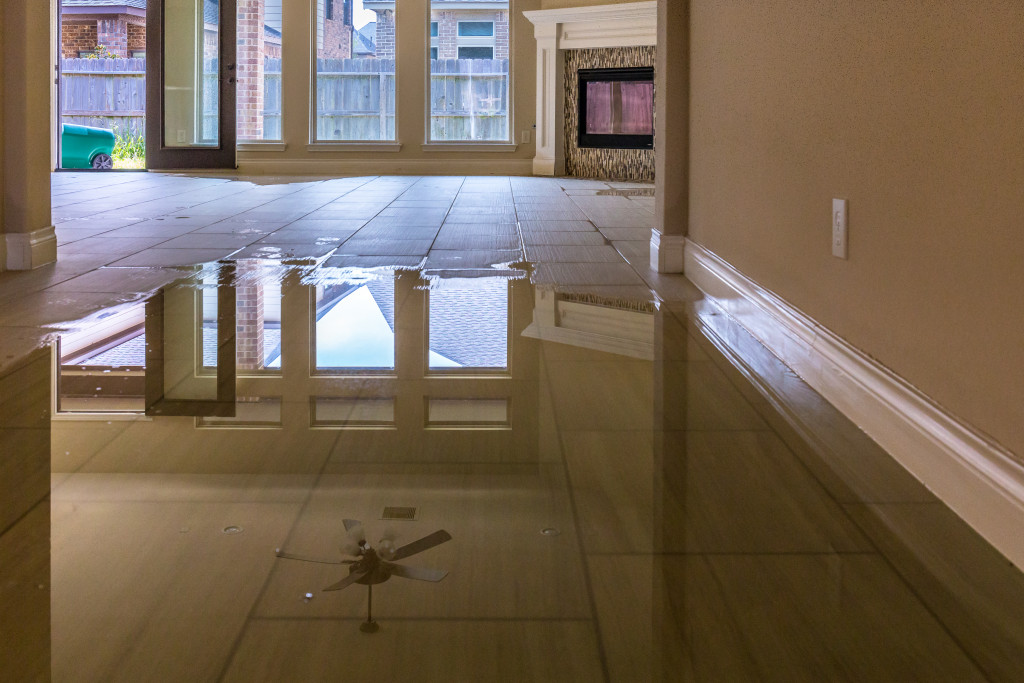As tricky as rehabilitation may be, you can find solace in the knowledge that many others have gone through similar situations. This makes it a bit simpler to locate the right path. You’ll be better prepared to restore normalcy as soon as possible if you know what to anticipate and learn all you can before a storm strikes. You can minimize some damage and understand what to expect going ahead if you know what storm damage restoration measures to take for your house or company.
Damage Assessment
A storm or hurricane may harm your home in various ways, from water flowing down roof beams into walls to debris breaking windows. The sooner you evaluate the damage, the sooner you can determine if repairs are necessary — and begin the insurance claim procedure.
Check for visible debris on the roof. Tree limbs and other debris, no matter how minor, may signal more significant effects from the storm. Even if the impact location is small, a dented or damaged roof may create essential issues. Water may have gotten in during the storm, or neglected damage may lead to future water damage issues. Clear whatever debris you can and examine the roof shingles for damage if you can securely reach it. Examine the shingles. Scan the roof as thoroughly as possible. Are there any missing shingles, or did they fall during the storm?
A shingle that is still attached to the top but has slipped may still cause water damage. Cracked shingles, if visible, are another indication of weather damage to your house. It may also suggest a bigger debris hit, which may have damaged other sections of the roof. Don’t be frightened if you see significant damage; you can always call professionals to repair your roof.
During the storm, the metal flashing surrounding your chimney may have fallen away, been damaged, or been lifted. All of these may indicate that you have water damage inside your house. Water seeps under the flashing, down the chimney, or through the roof beams, creating dampness. During the storm, your gutters may have fallen loose as well. A clogged or open gutter indicates that your roof may not have been adequately drained.
Water pools on the top may weaken the structure and create water damage. Therefore it’s critical to evaluate gutter damage as soon as possible after a storm. Is there any apparent dampness outdoors or within your home? Water damage may occur when heavy rain falls during a storm and flows through tiny gaps in the walls. It may take some time for external walls to dry out after a shower, so keep an eye on them for a few days. This will guarantee that you don’t miss any new wet spots that become apparent after the storm has gone and the home has dried up.
Insurance

If a storm damages your house, you may learn a lot from previous victims of natural disasters who had to evaluate the damage, call their insurance, and begin the lengthy process of physical and financial rehabilitation after recent record hurricanes. Wind, wind-driven rain, and water that enters your house via the roof, windows, doors, or cracks in the walls are often covered by homes insurance. However, floods or water that rises from the bottom up—for example, from a body of water overflow or a storm surge—are not covered.
Flooding caused most of the damage in Houston caused by Hurricane Harvey. It was only covered if you had flood insurance, such as the FloodSmart.gov National Flood Insurance Program or a commercial flood insurer. Even if you didn’t have flood insurance, it’s still worth contacting your home insurance provider to see if any of your costs, such as wind damage to your roof or extra living expenses spent while you were out of your property, would be covered.
Flooding will be covered if your vehicle insurance policy contains comprehensive coverage (which protects against physical damage that is not the result of an accident). In many instances, the water damage is so severe that the insurance company declares the vehicle a complete loss and pays the claim for the car’s worth (minus the deductible). Also, if you’re looking to purchase a used automobile in the months after a big storm, be cautious since cars with flood damage hit the market. Water-damaged vehicles may offer significant safety hazards, ranging from malfunctioning airbags to compromised electrical systems.
When severe weather hits, it may be disastrous for your family or company. Whatever your circumstance, if you need storm damage repair done quickly and effectively, call a restoration firm that specializes in restoring your property to a pre-damaged state. Jenkins Restorations will accomplish all of this and more, including providing a free quotation and time estimate for storm damage repairs.
